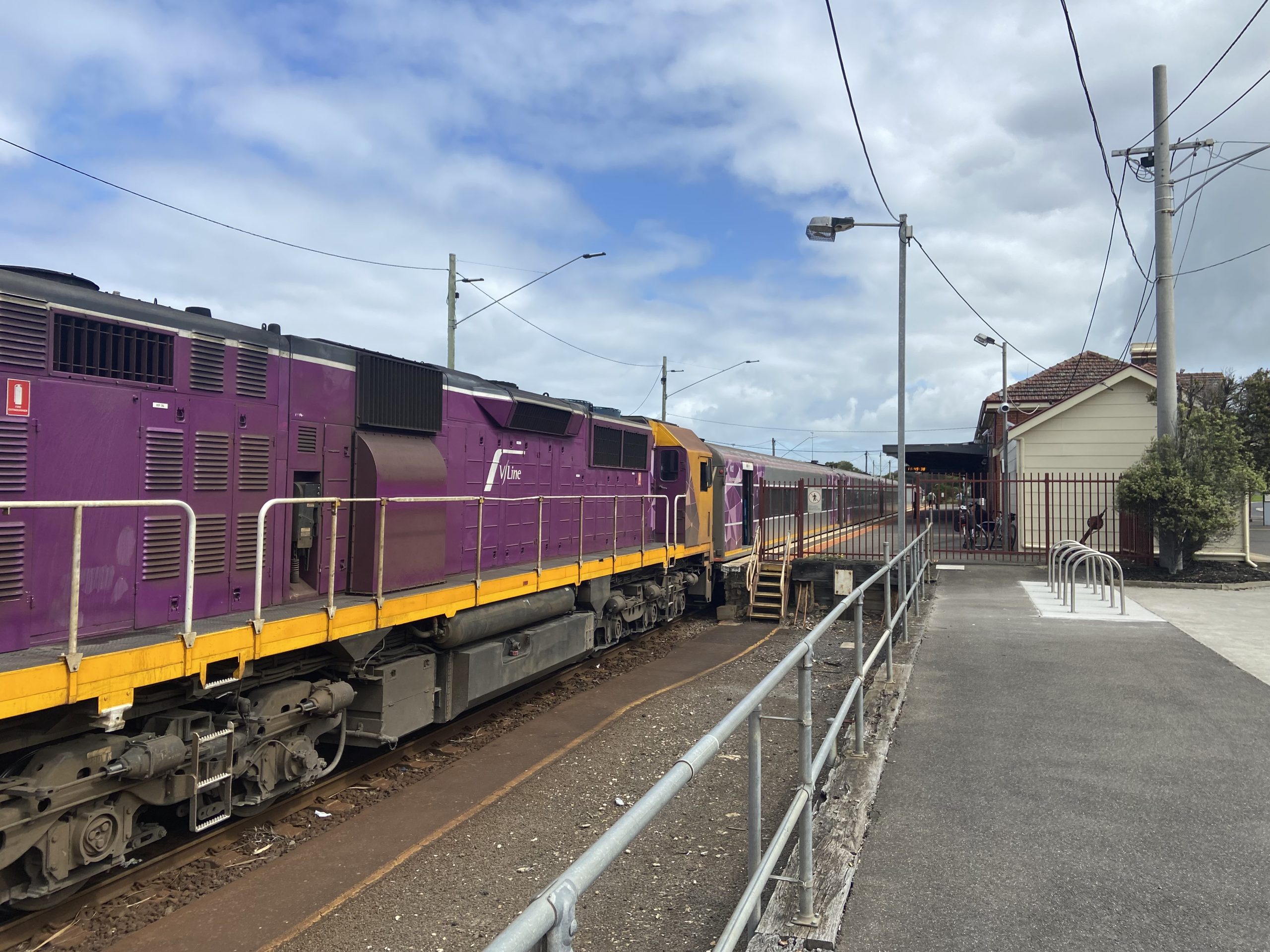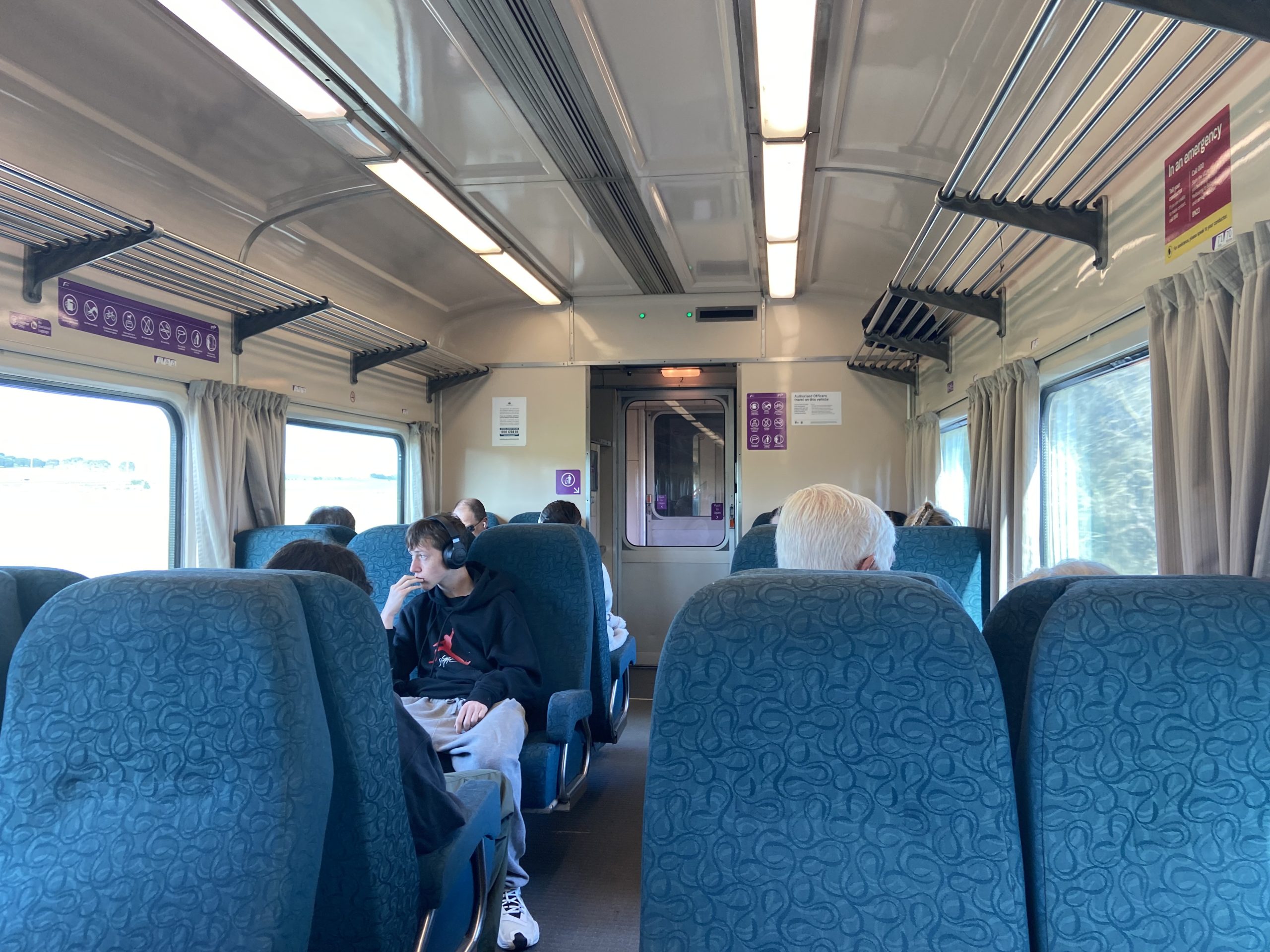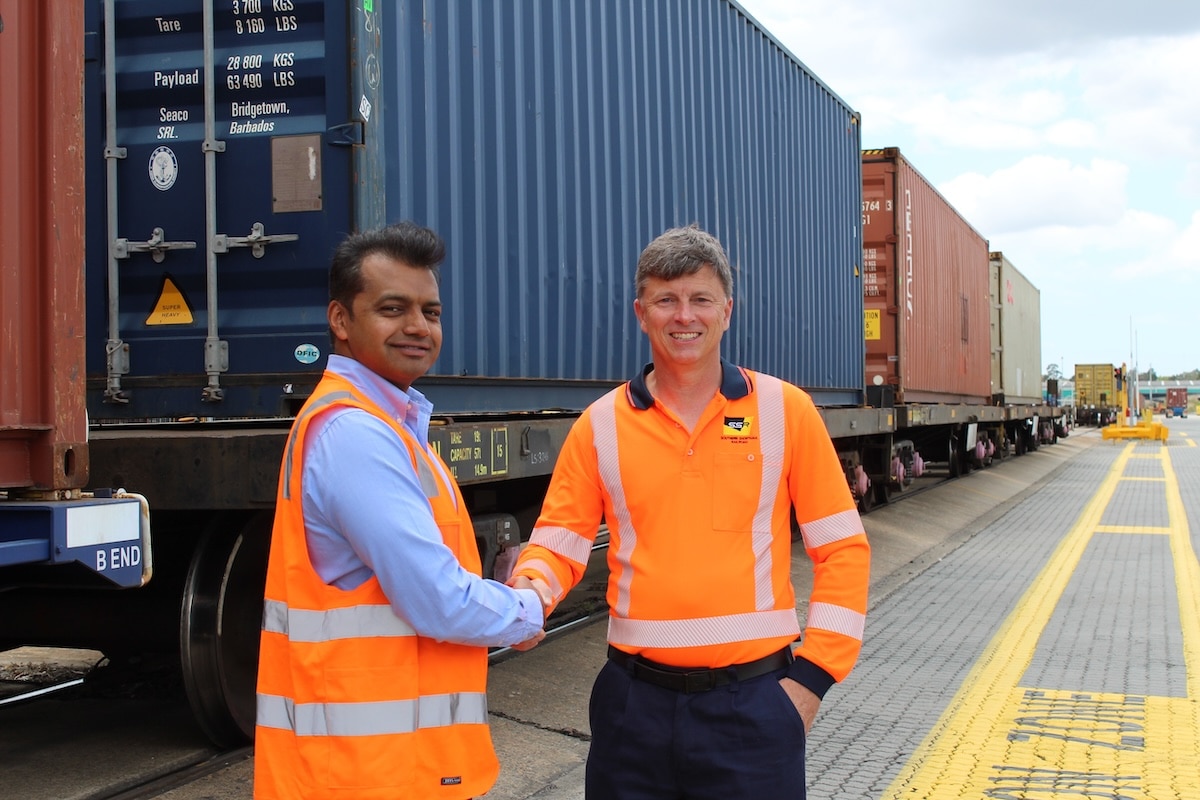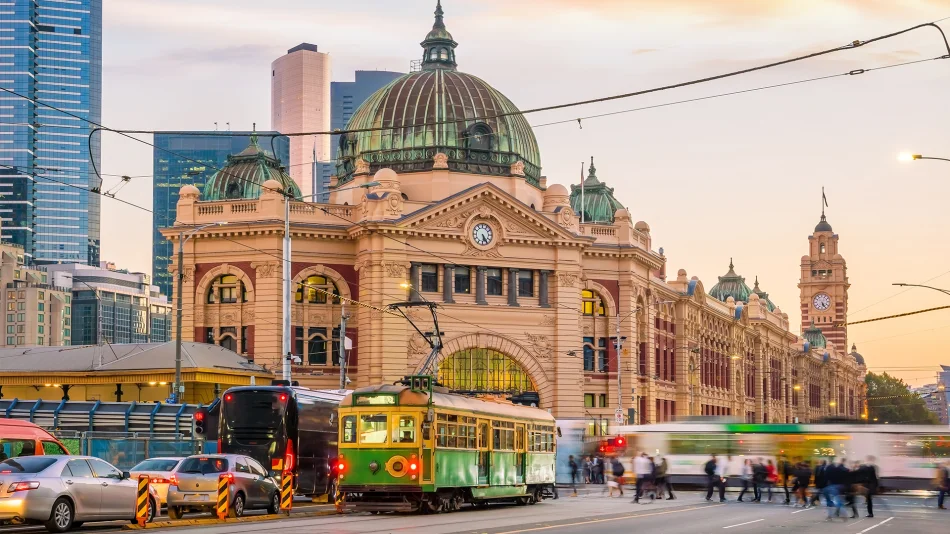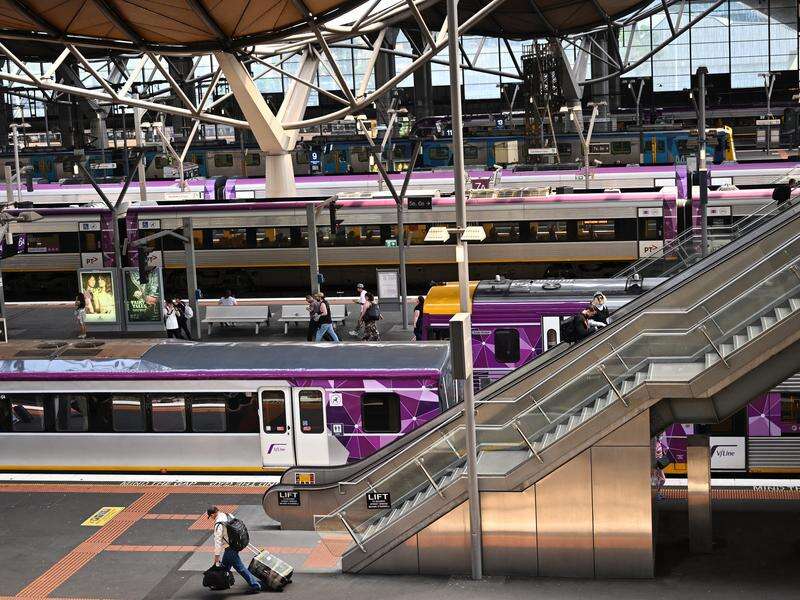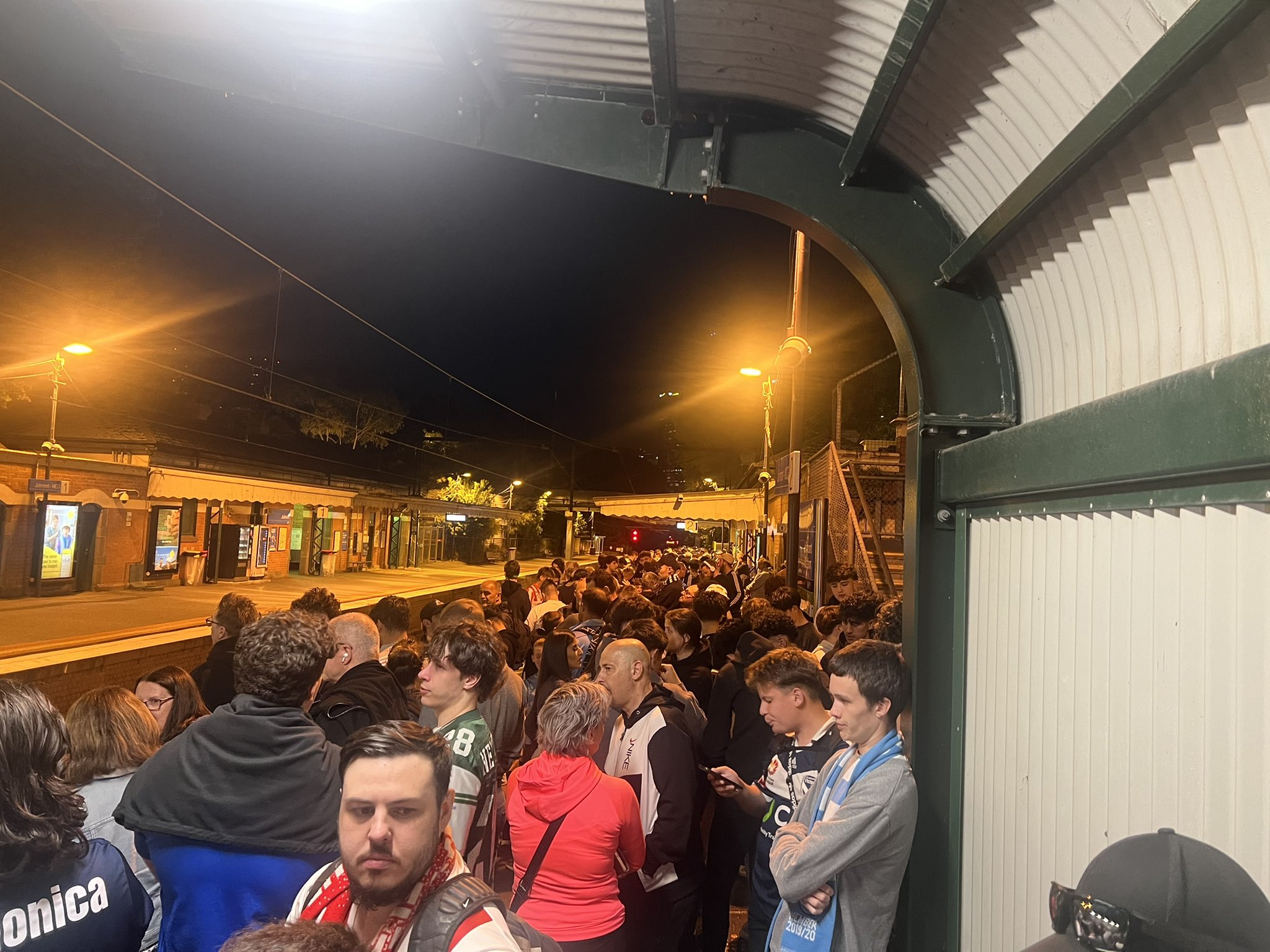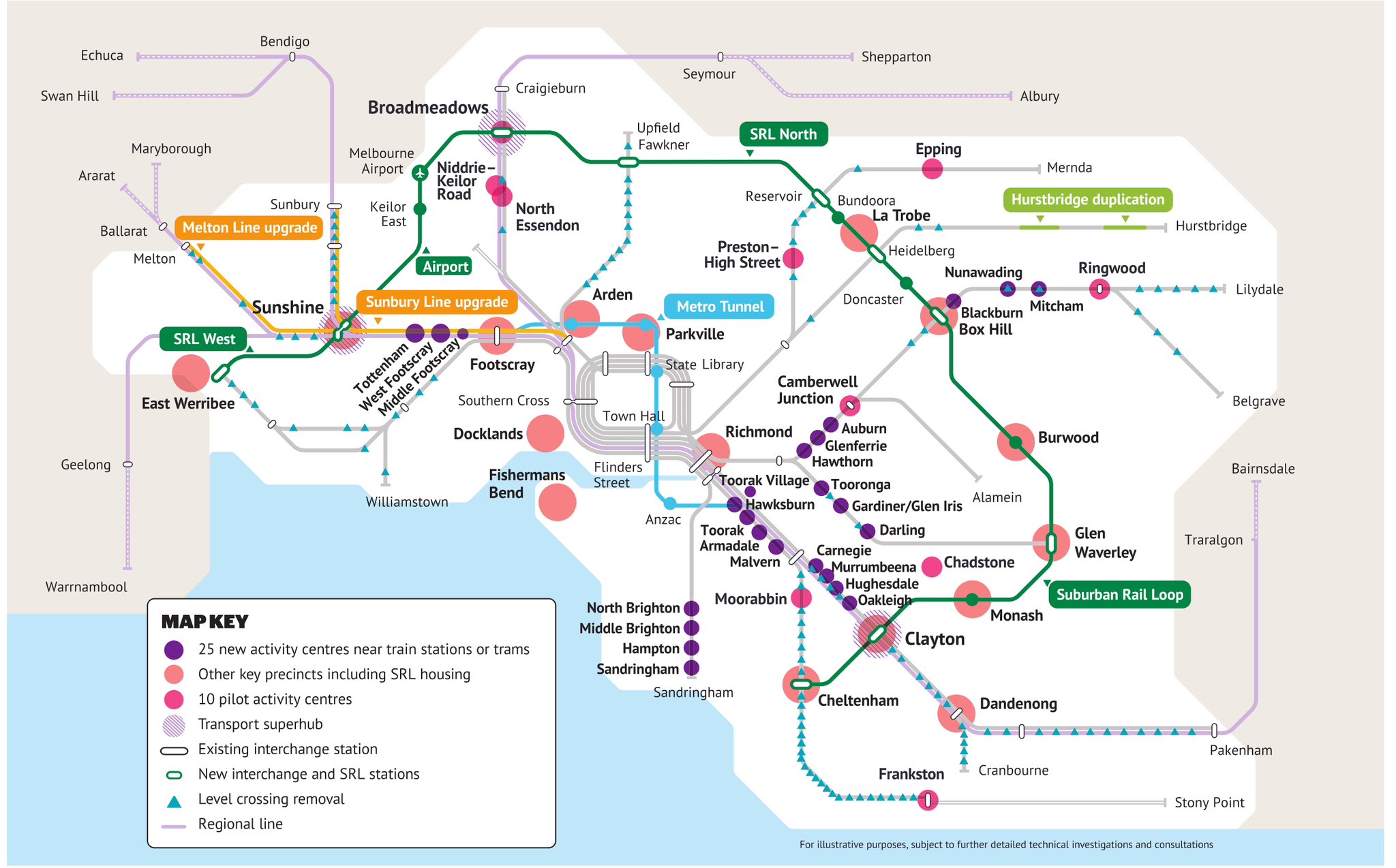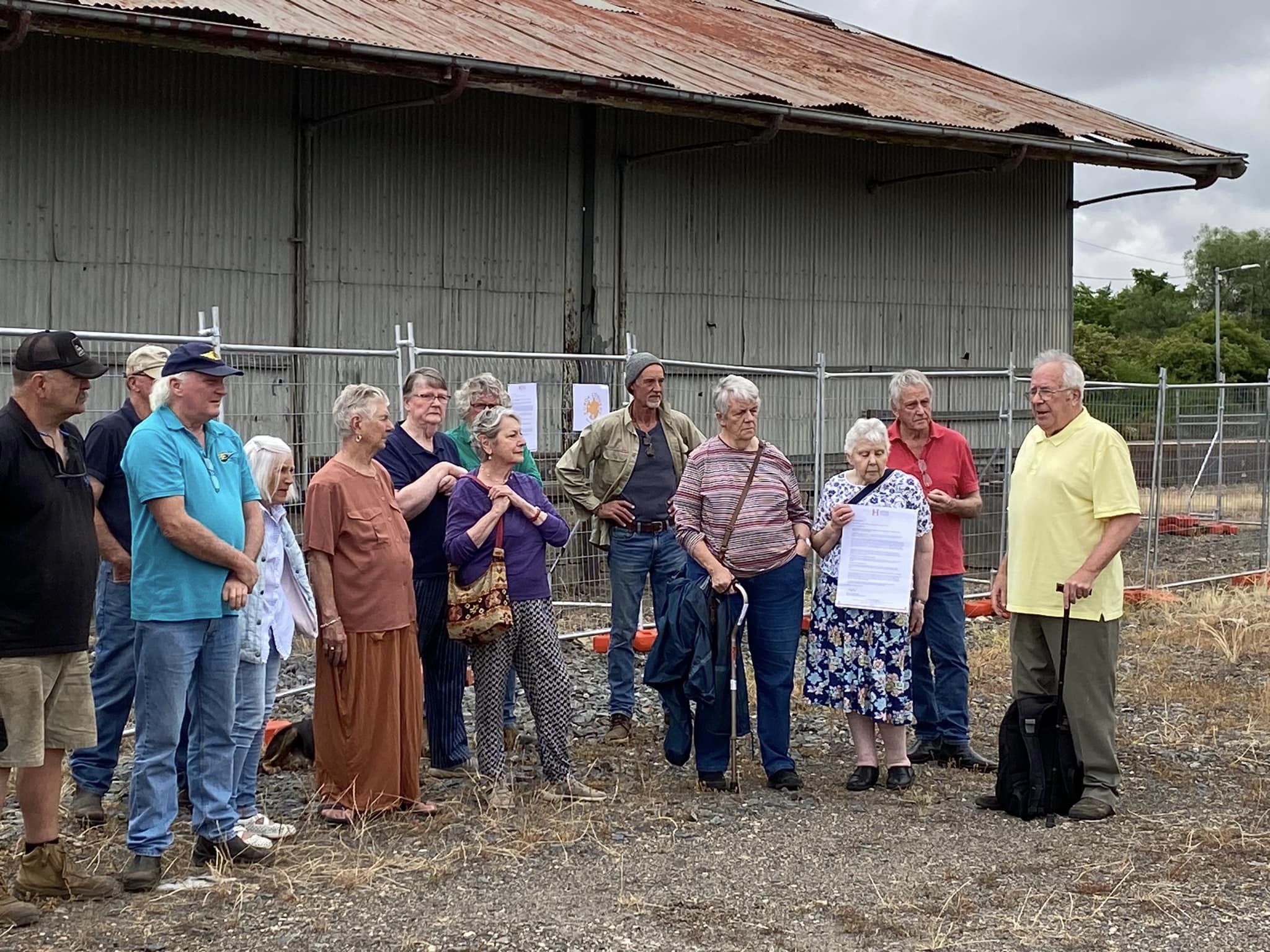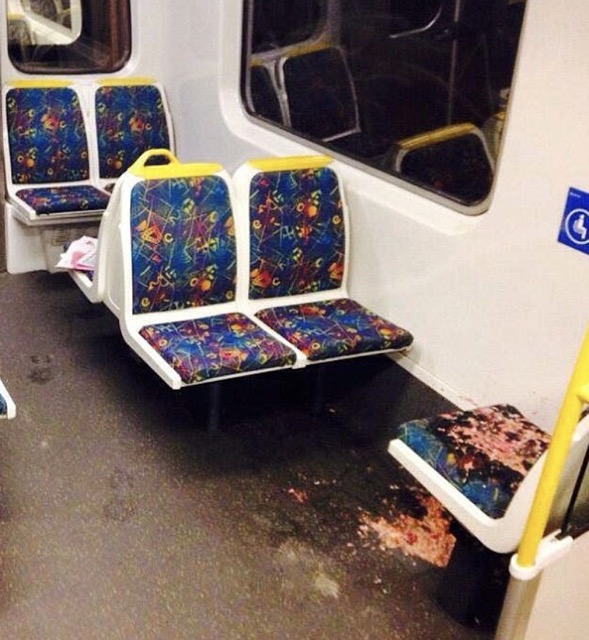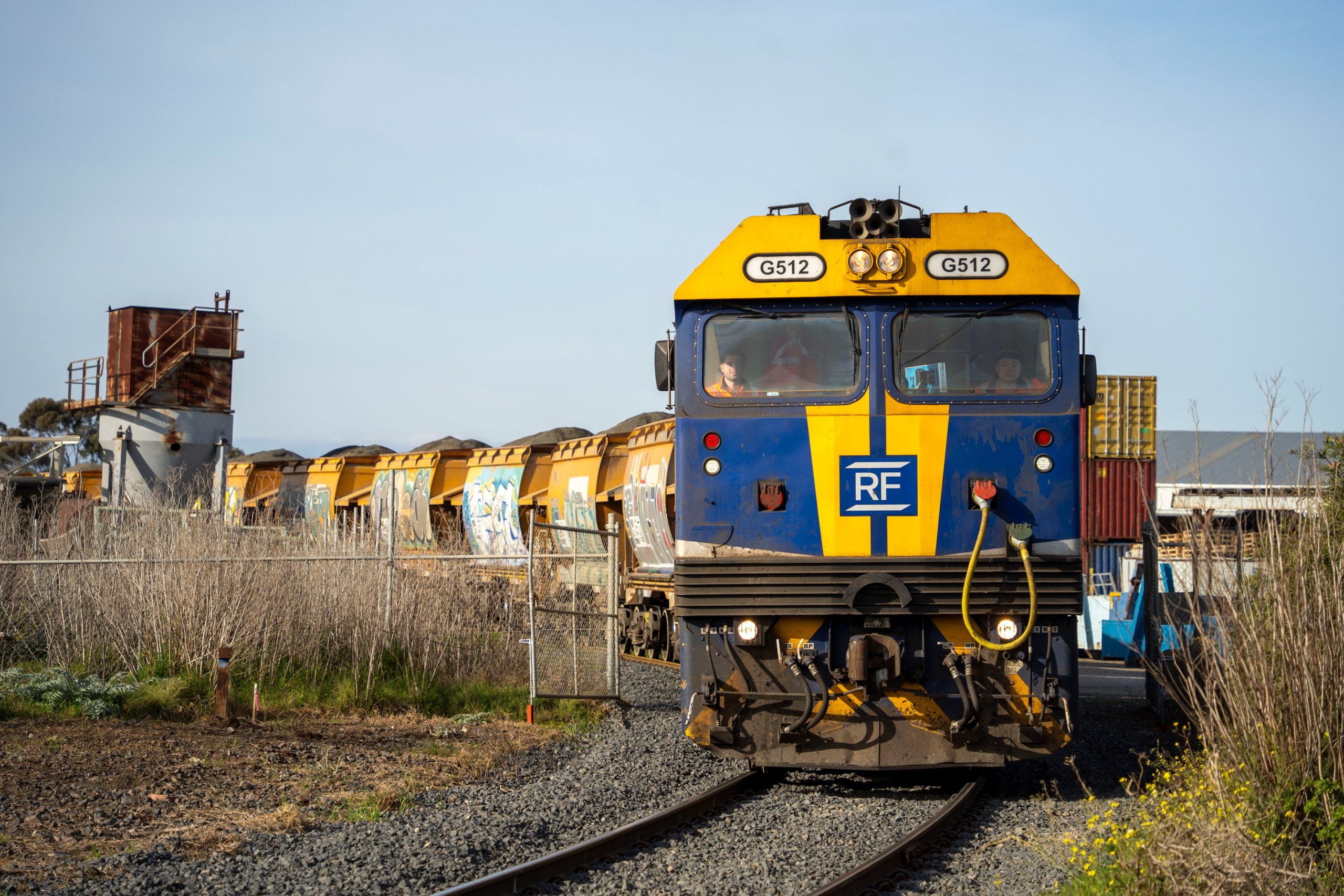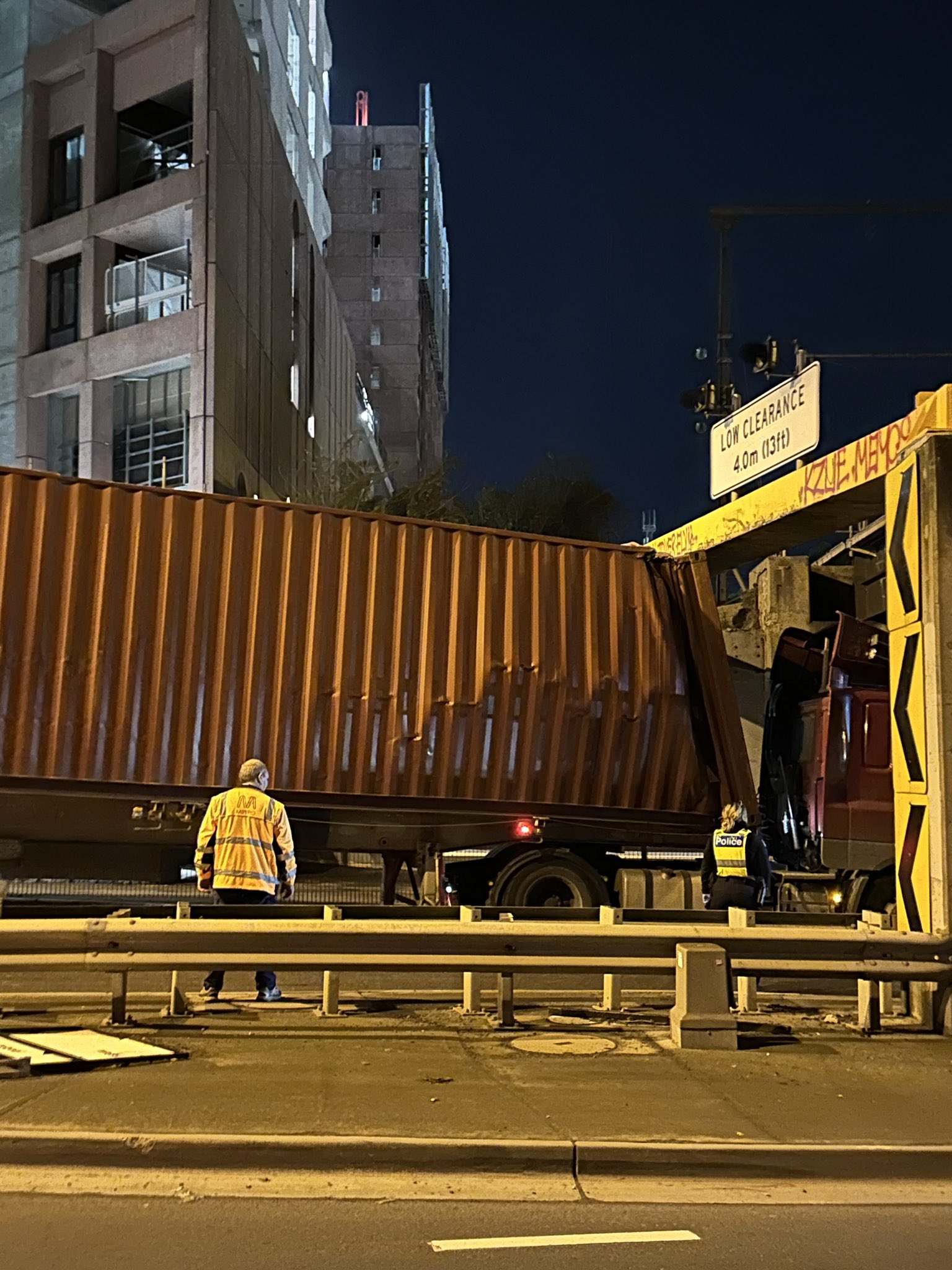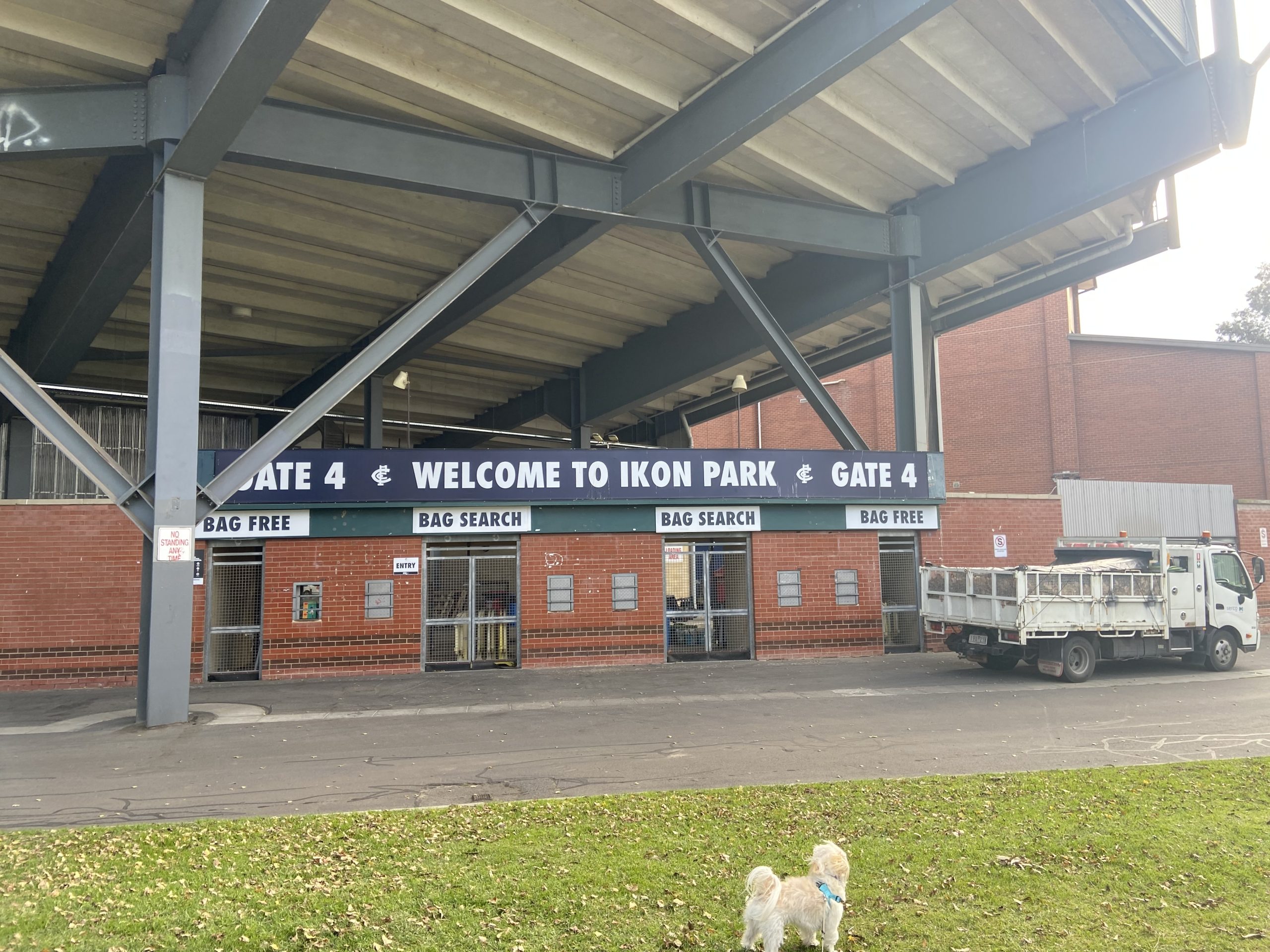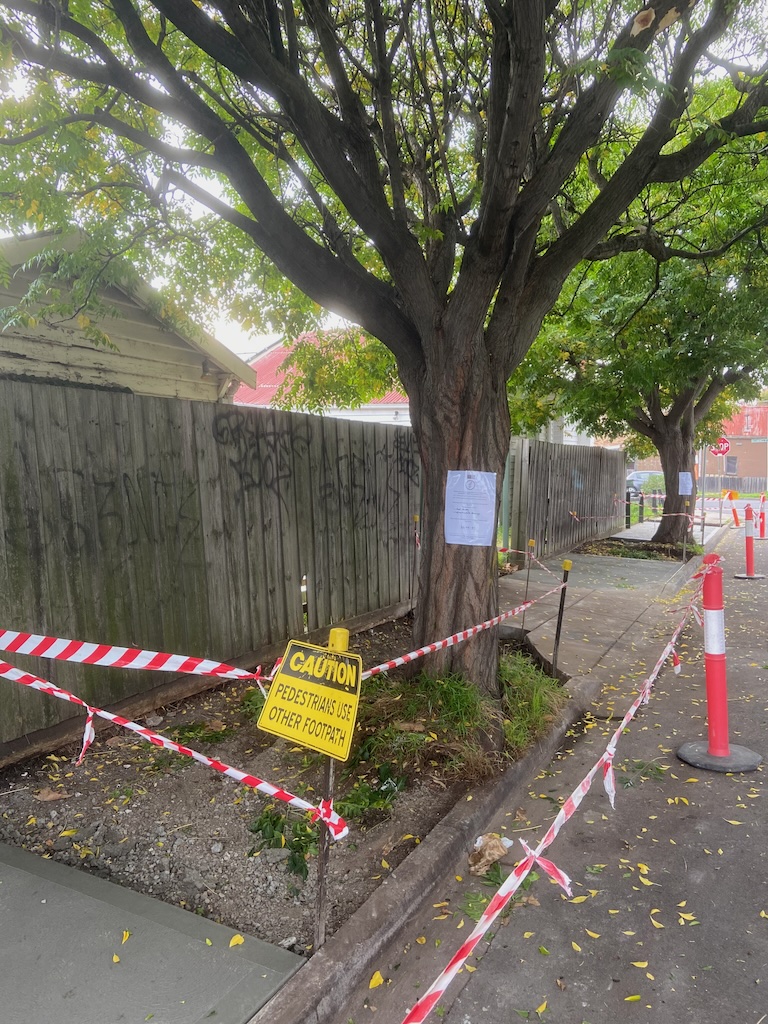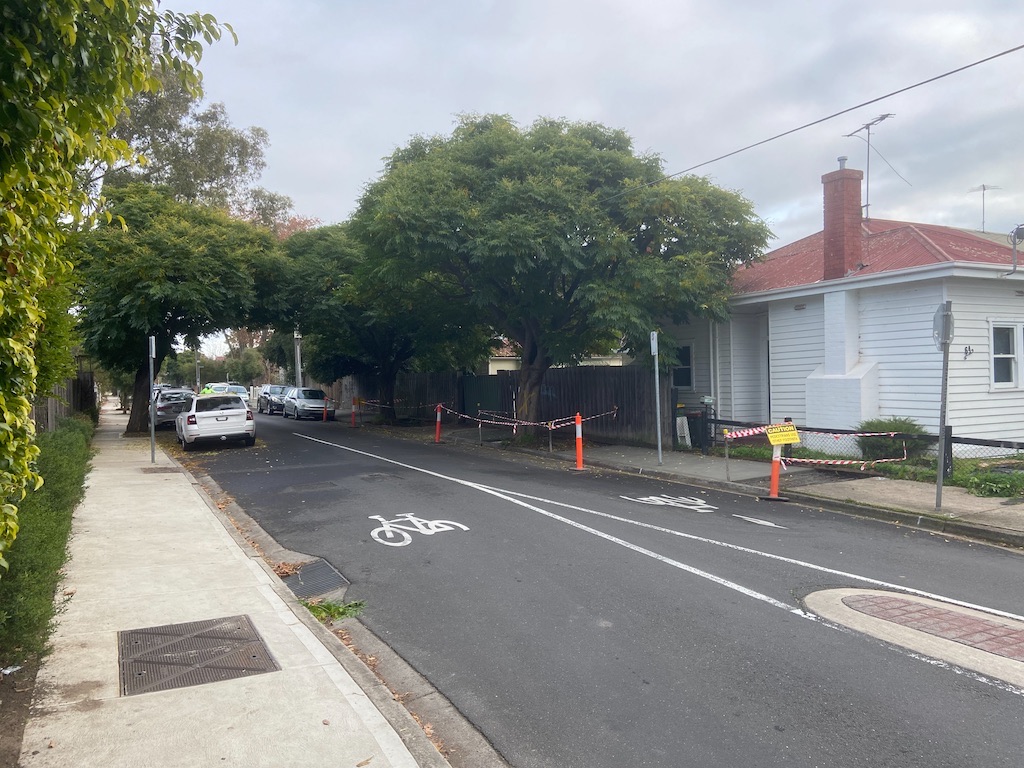We designed our city suburbs to protect people from air pollution – and ended up doing the opposite. Despite advice that urban sprawl is bad for cities and the climate, we’re still building outwards. Olivia Wannan asks how we can we turn our satellite suburbs around. \
\
Aucklander Hannah Spyksma is dedicated to her low-carbon commute. The 32-year-old spends nearly three hours every weekday on the bus and train between her home on the Hibiscus Coast and work. \
\
Still, she feels guilty about the five-minute drive to the bus station: “I’d like to bike the leg of that journey, but there’s no infrastructure to really support it.” \
\
It’d be quicker to drive the whole thing, of course, but Spyksma sacrifices her time to keep her emissions footprint down. “I wish I didn’t have to spend so much time hauling myself across the city each day.” \
\
Ideally, she and her partner would live in an inner-city apartment, within walking distance of work. “We’ve kind of been pushed to the outskirts of the city because of house prices,” she explains. \
\
Spyksma’s predicament isn’t unusual: to feed growing housing demand, satellite suburbs are springing up on the outskirts of our biggest cities. Controversial developments like one at [Drury](https://www.stuff.co.nz/national/politics/local-democracy-reporting/300267949/developer-charles-ma-in-standoff-with-kiwirail-over-drury-train-station), 35 kilometres south of Auckland, are baking in long commutes. Before long, Drury could [house as many people as Napier](https://www.aucklandcouncil.govt.nz/plans-projects-policies-reports-bylaws/our-plans-strategies/place-based-plans/drurystructureplandocument/drury-opaheke-structure-plan.pdf). \
\
**Suburbs for cars** \
\
But these satellite ‘burbs are being built on outdated ideas, says University of Waikato environmental planning professor Iain White. Our cities are designed on division: areas for work, industrial activity, shopping, play and living. \
\
Take the daily commute (which [most Kiwis](https://www.ehinz.ac.nz/indicators/transport/main-mode-of-transport-to-work/) do in their cars). This made sense when many workers headed to smokey, noisy factories. “The historical rise of the suburbs was rich people insulating themselves \[from pollution],” he says. \
\
Now, more than [1.5 million jobs are in offices and facilities](https://www.stats.govt.nz/information-releases/employment-indicators-march-2021) – which can peacefully coexist with well-built houses. Manufacturing employs around 235,000 of us. \
\
Yet we still commute, ironically creating lots of greenhouse gas and air pollution in our travels. One study found Wellington residents in the outlying suburbs of Paparangi, Woodridge and Horokiwi [had nearly seven times the annual transport emissions](https://researcharchive.vuw.ac.nz/xmlui/handle/10063/6211) of people living in the central city. \
\
Unsurprisingly, our footprints vary depending what’s on our doorsteps: the suburb of Tawa is further away from the central city, but, thanks to electric train lines, residents have a smaller transport footprint than those in Paparangi, Woodridge and Horokiwi (which only have bus services). \
\
The [three train stations](https://www.stuff.co.nz/national/124216261/three-new-stations-announced-for-train-line-through-growing-south-auckland) to be built near Drury will help but the weekday commute is one battle in a larger war. Drivers spend plenty of weeknights and weekends in cars as well, racking up [more than 3600km](https://www.transport.govt.nz/statistics-and-insights/household-travel/sheet/key-facts) in an average year travelling to the shops and social activities, compared to 1300km heading to work. \
\
**Trendy forebears** \
\
Amusingly, future-proof urban spaces reflect the designs favoured by the Victorians. In the residential areas of European cities – and even older areas such as Wellington’s Mount Vic or Remuera in Auckland – houses are often mixed with small supermarkets, stores and cafés. If you’re after a bottle of milk or a coffee, the nearest one is often a few minutes’ walk away. \
\
This is a legacy of how communities were built during the Victorian era, shaped by the dominant modes of transport of the day: walking and public transport. Notably, there was little town planning. \
\
Now, our suburbs are a sea of residential zoning, with a concentrated shopping zone in the centre, typically a car journey away. \
\
To recreate the leafy cornerside café enjoyed in Remuera or put an office in a newer suburb, a potential owner would likely need to go through the headache of the resource consent process. White says town planning in Aotearoa revved up in the 1950s, as car ownership [began a long, sustained rise](https://www.greaterauckland.org.nz/2013/11/27/more-details-on-vehicle-ownership-over-time/). “Our view of land was shaped around that.” \
\
Successful densification doesn’t necessarily form a ring around the CBD, crushing beloved historic neighbourhoods. An assessment of Auckland found the city’s carbon footprint [would fall by 55 per cent](https://www.oecd-ilibrary.org/environment/decarbonising-urban-mobility-with-land-use-and-transport-policies-the-case-of-auckland-new-zealand_095848a3-en) in 2030 if the city promoted public transport and put its new housing in areas near employment hubs, from the North Shore to southern Auckland. \
\
*For indepth reading of this article is available at [Stuff](https://www.stuff.co.nz/environment/climate-news/126154942/life-in-the-burbs-without-a-car–or-why-aucklanders-drive-so-much). This article was originally published on 22 September 2021*
Related Posts
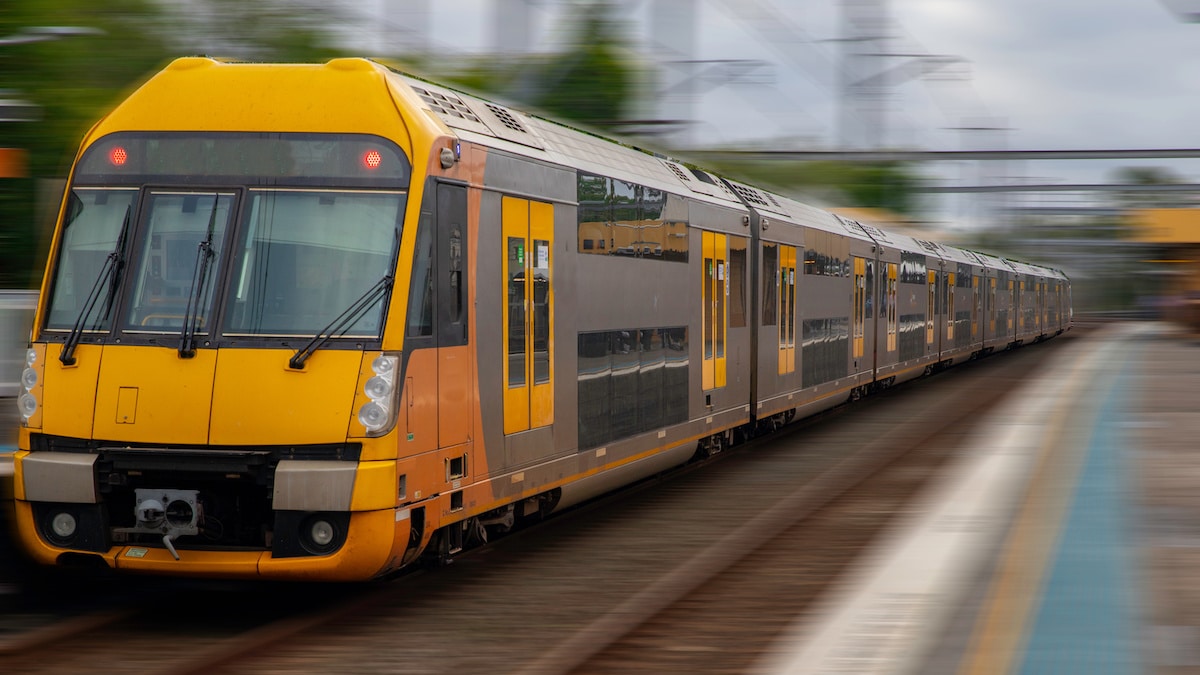
Sydneysiders to avoid huge transport disruptions over weekend
- gobstopper
- November 21, 2024
- 0

Metro Tunnel fires back at ‘bad planning’ accusations from opposition
- gobstopper
- November 21, 2024
- 0

Trains unable to use Metro Tunnel in labor’s latest stuff up
- Bardy Bigglesworth
- November 21, 2024
- 3
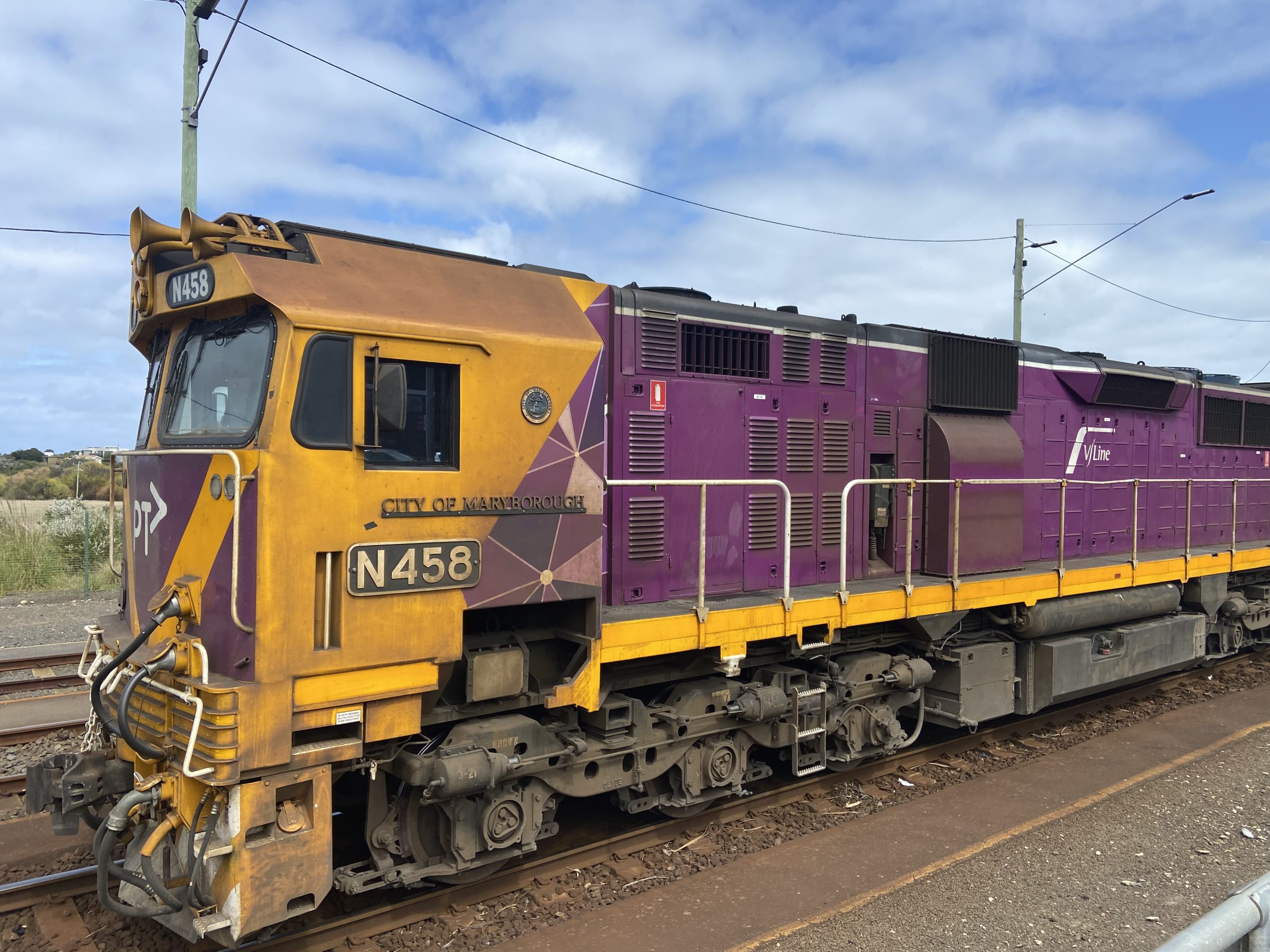
Swan Hill line and more information on Sunday 17/11/24
- Snuffle Nose
- November 21, 2024
- 7
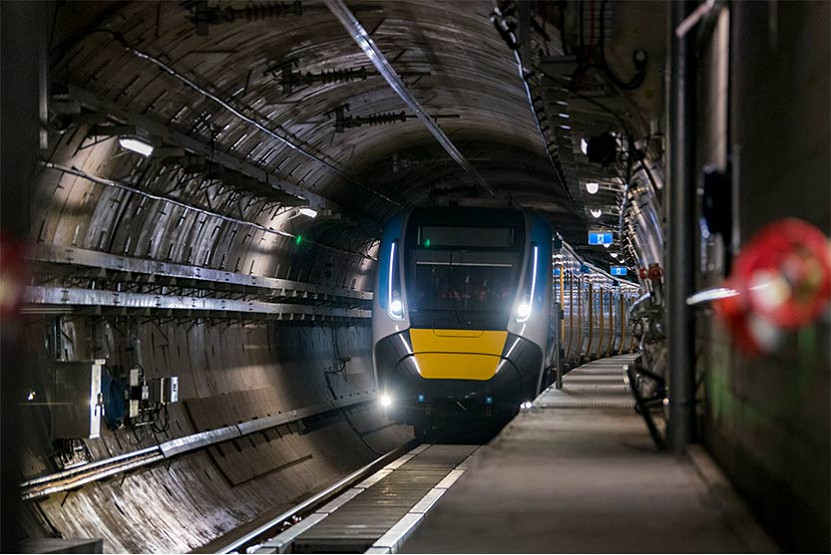
Trains unable to use Melbourne Metro Tunnel
- Bardy Bigglesworth
- November 21, 2024
- 4

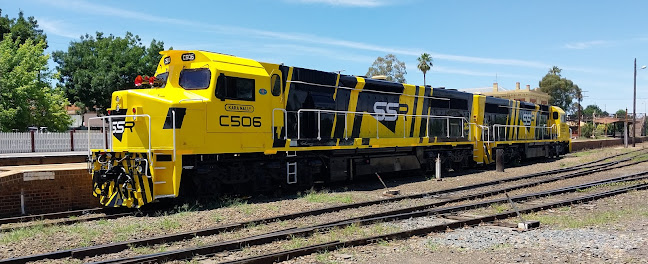
Rail spur required for major grain facility in Western Victoria
- Bardy Bigglesworth
- November 11, 2024
- 2
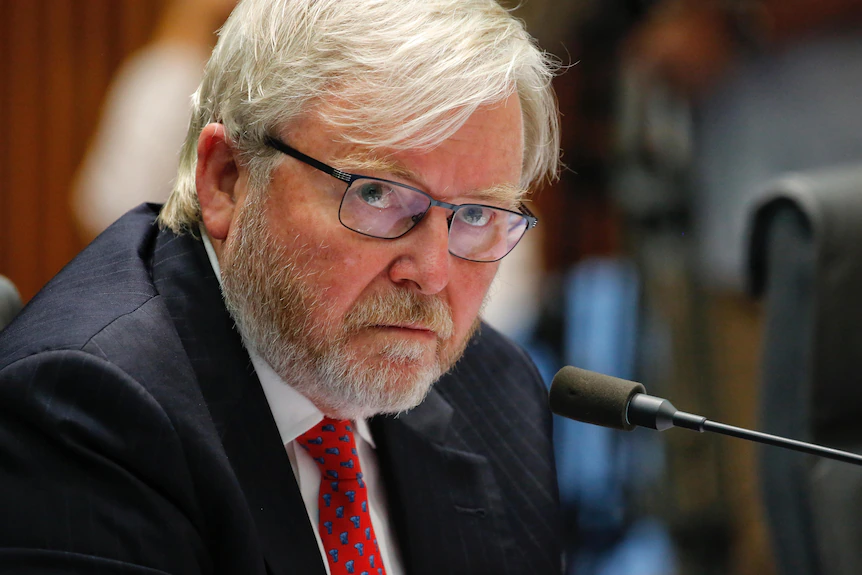
Trump wins second term as President, Kevin Rudd to pack his bags?
- Helen Carrie
- November 7, 2024
- 4
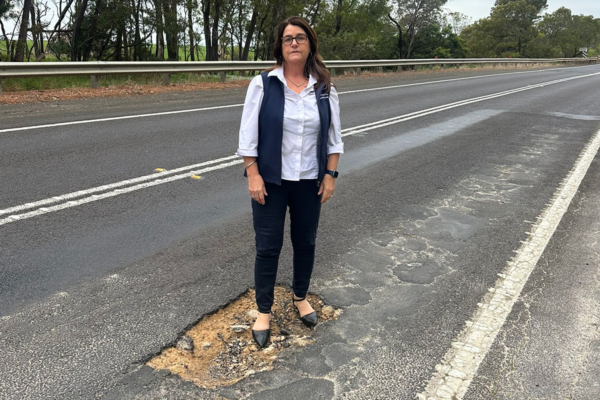
Potholes continue to cause problems in regional Victoria
- Bardy Bigglesworth
- November 1, 2024
- 2

The union buster and the unionist – an unlikely friendship
- Helen Carrie
- October 30, 2024
- 4

Australia’s fibre backbone race picks up speed
- Brian Evans
- October 28, 2024
- 0
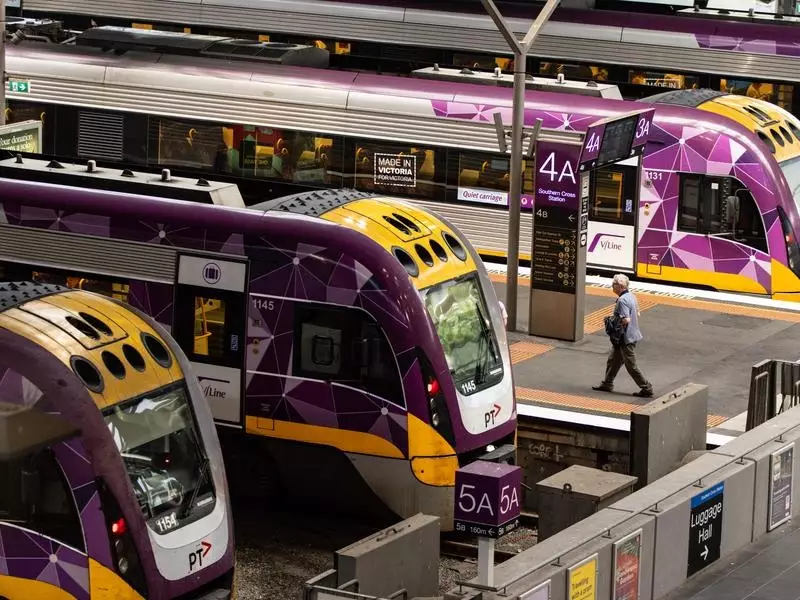
The Management of V/line
- Snuffle Nose
- October 24, 2024
- 12

Speeding trucks imperil safety around Footscray
- Bardy Bigglesworth
- October 24, 2024
- 0

What the British really think of Lidia Thorpe and her antics
- Helen Carrie
- October 23, 2024
- 1
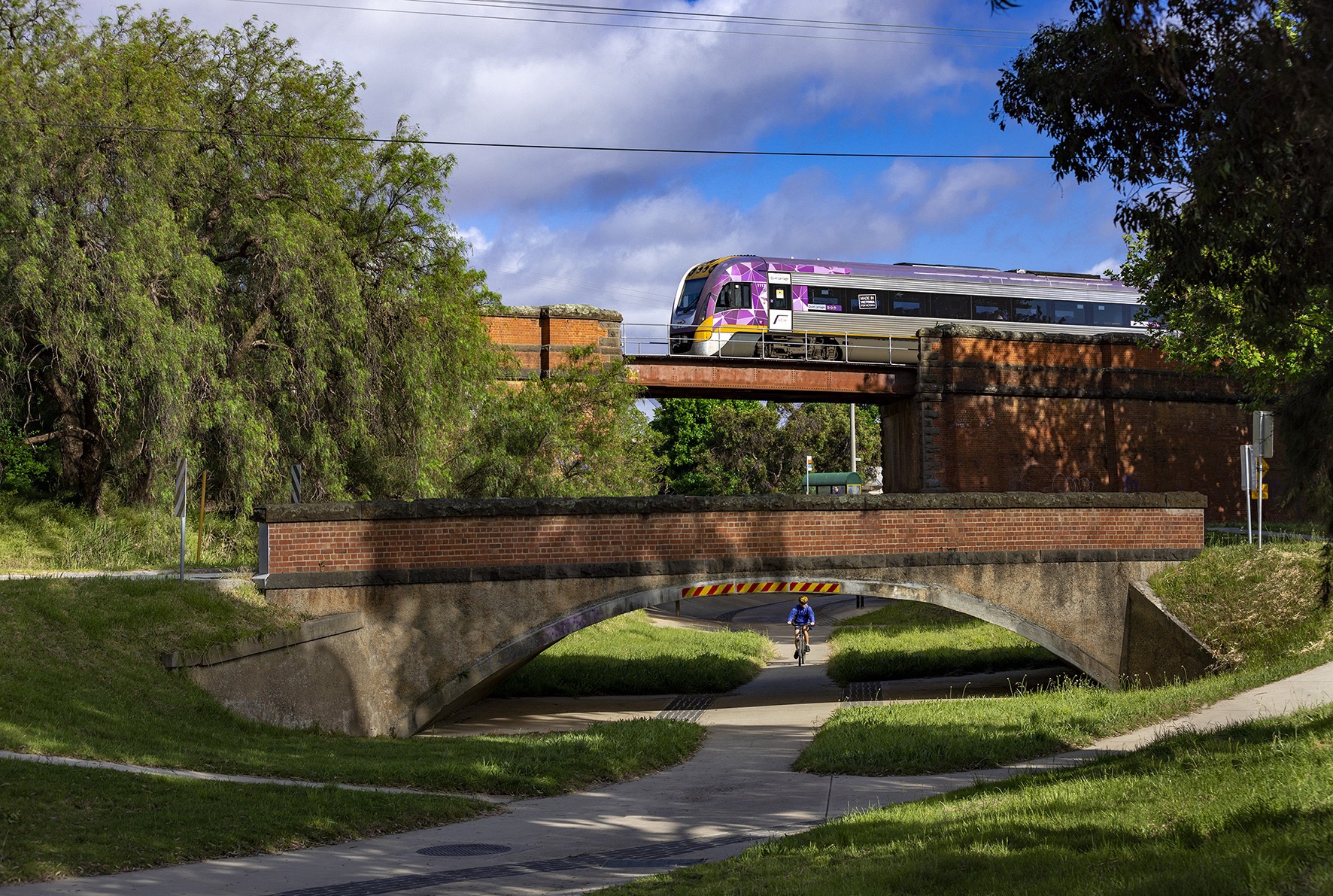
Warrnambool – V/Line to trash your long distance rail service
- Bardy Bigglesworth
- October 22, 2024
- 13

Barnaby Joyce is right about Anthony Albanese
- Helen Carrie
- October 20, 2024
- 1

Victorian Opposition considers reviving East West Link project
- Bardy Bigglesworth
- October 18, 2024
- 0

Julie Inman Grant should resign immediately over failed X litigation
- Helen Carrie
- October 18, 2024
- 1

Dan Andrews appointed chair of youth mental health service
- Helen Carrie
- October 18, 2024
- 2

Vlocity trains are not the answer for Regional Victoria
- Snuffle Nose
- October 14, 2024
- 12
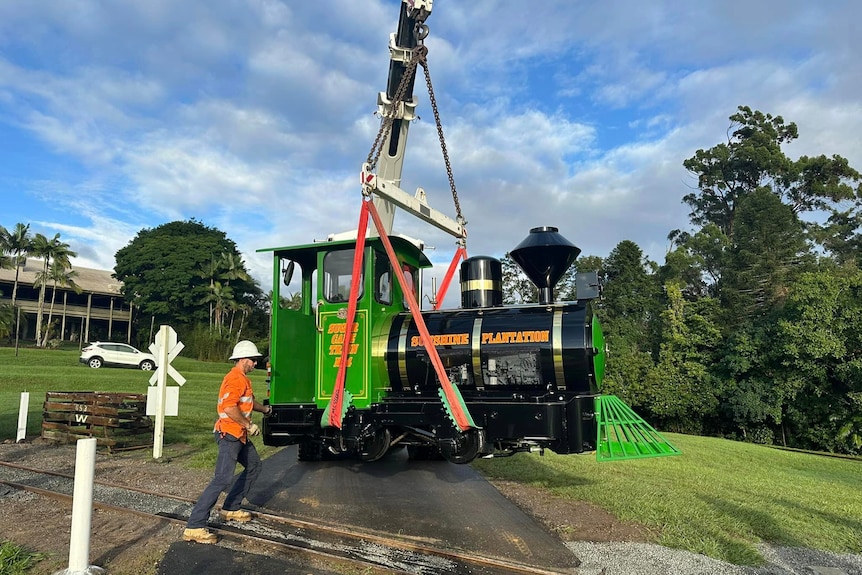
Preserving cane train history before Australian rail buffs run out of puff
- gobstopper
- September 27, 2024
- 0

Metro Tunnel faces ANOTHER massive cost blowout
- Bardy Bigglesworth
- September 27, 2024
- 5
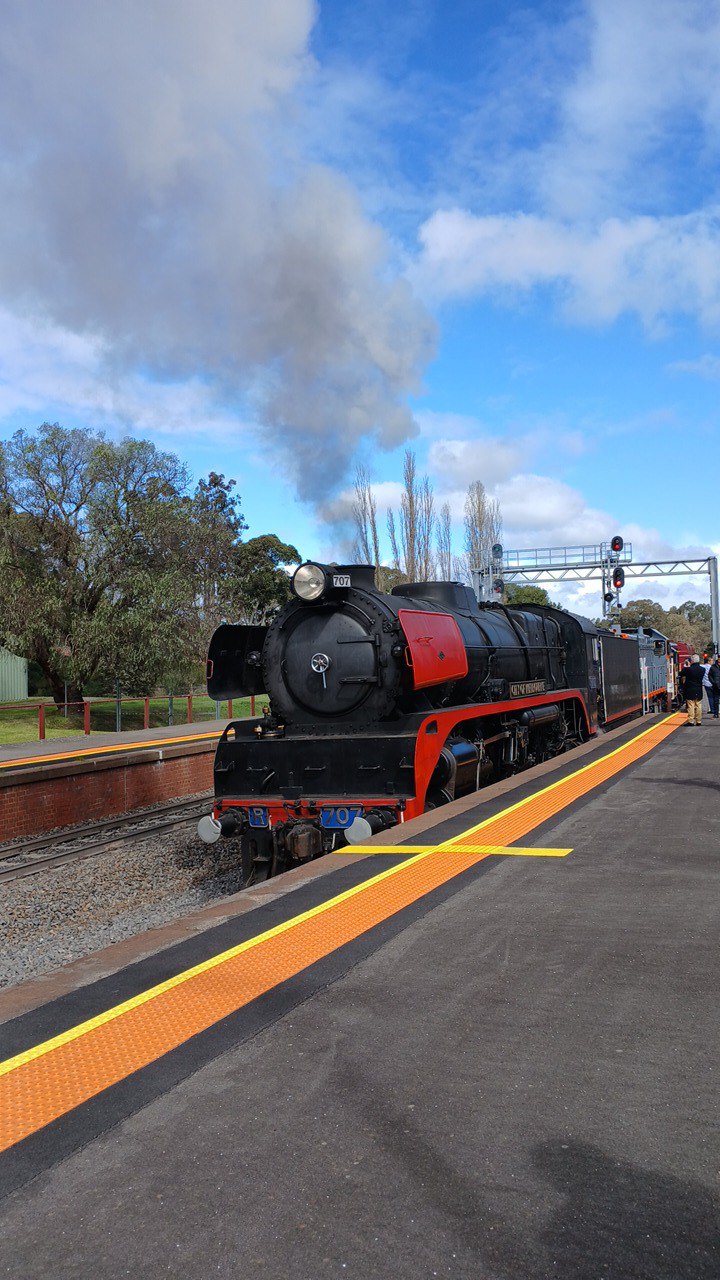
Onboard the R707 day tour to Maldon on 14th September 2024
- Snuffle Nose
- September 17, 2024
- 7

Melbourne has been named the most congested city in Australia
- Bardy Bigglesworth
- September 13, 2024
- 3

V/Line reduces seating capacity on Warrnambool line with Vlocity services
- Bardy Bigglesworth
- September 13, 2024
- 28

Full steam ahead for rail trail with no business case
- Bardy Bigglesworth
- September 9, 2024
- 7

Second western freight hub shelved in six months
- Bardy Bigglesworth
- September 6, 2024
- 4

Workers evacuated after fire in Metro Tunnel near Town Hall
- Bardy Bigglesworth
- September 5, 2024
- 0
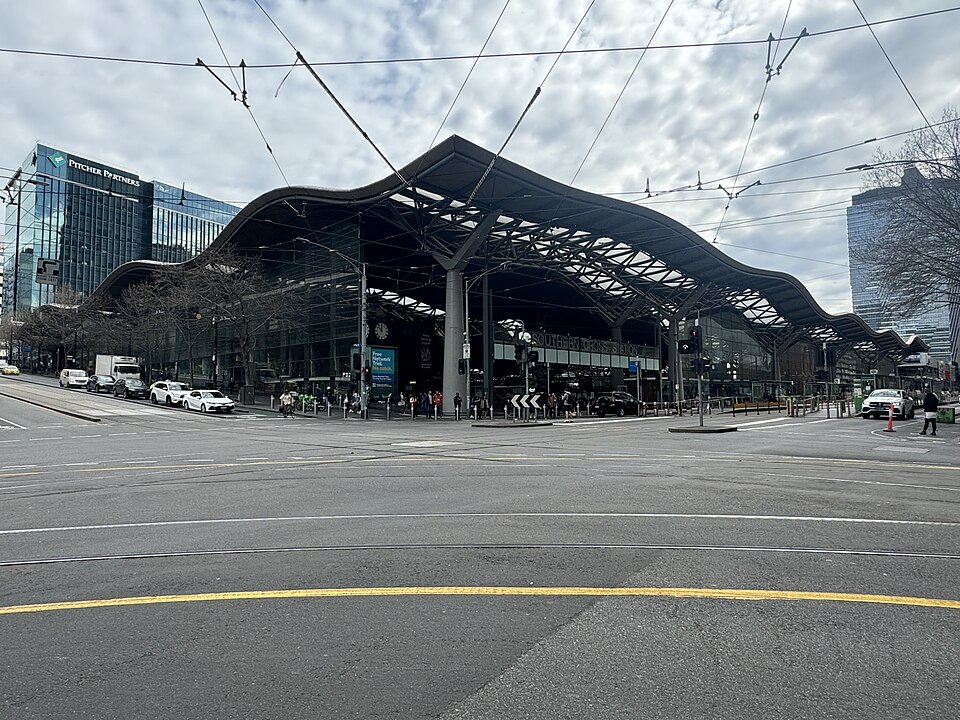
The changing face of the former Spencer St Railway Station
- Snuffle Nose
- September 2, 2024
- 5

Bairnsdale line train services just became a whole lot worse
- Bardy Bigglesworth
- August 31, 2024
- 16
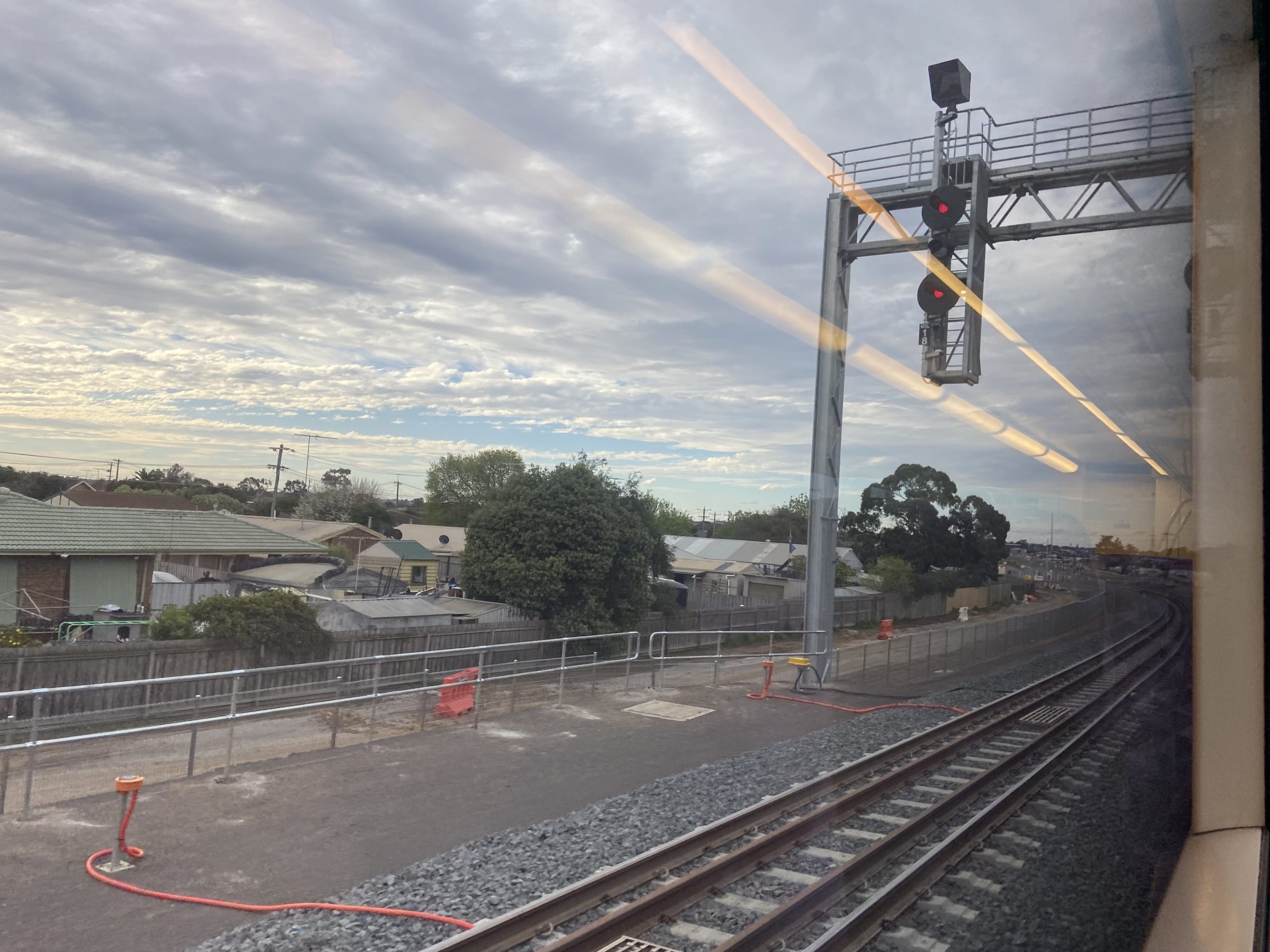
Riding the upgraded Warrnambool Line on 29th August 2024
- Snuffle Nose
- August 29, 2024
- 4
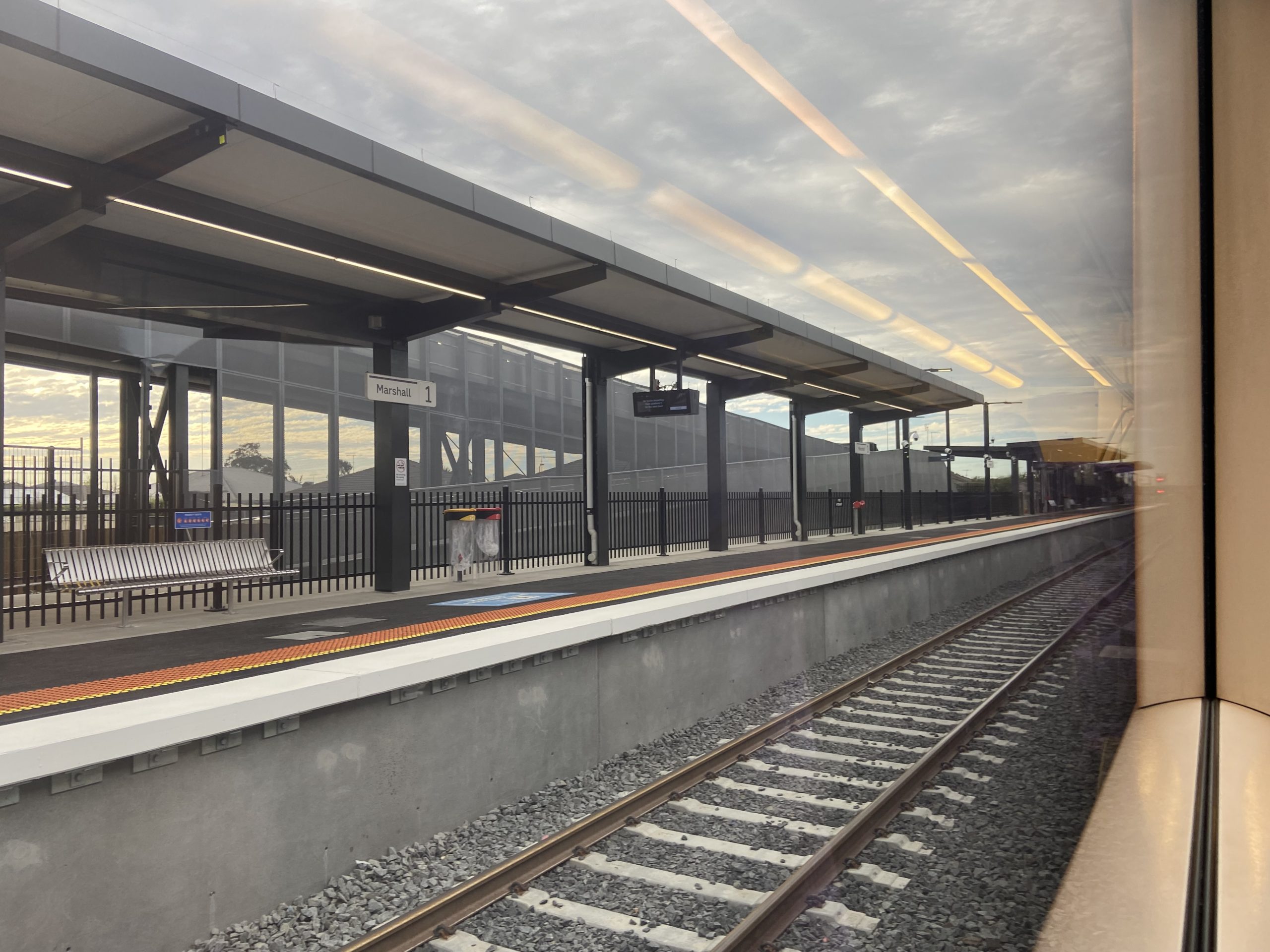
A trip to Waurn Ponds with new rail works at South Geelong
- Brian Evans
- August 28, 2024
- 8

Does Eureka Stadium in Ballarat need a railway station?
- Bardy Bigglesworth
- August 26, 2024
- 4

Reopening of the Warrnambool Line with DMU testing to commence
- Snuffle Nose
- August 13, 2024
- 11
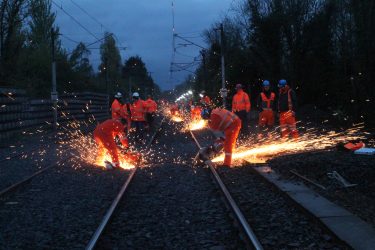
Continuously welded rail on the Victorian Railway System
- Snuffle Nose
- July 13, 2024
- 2
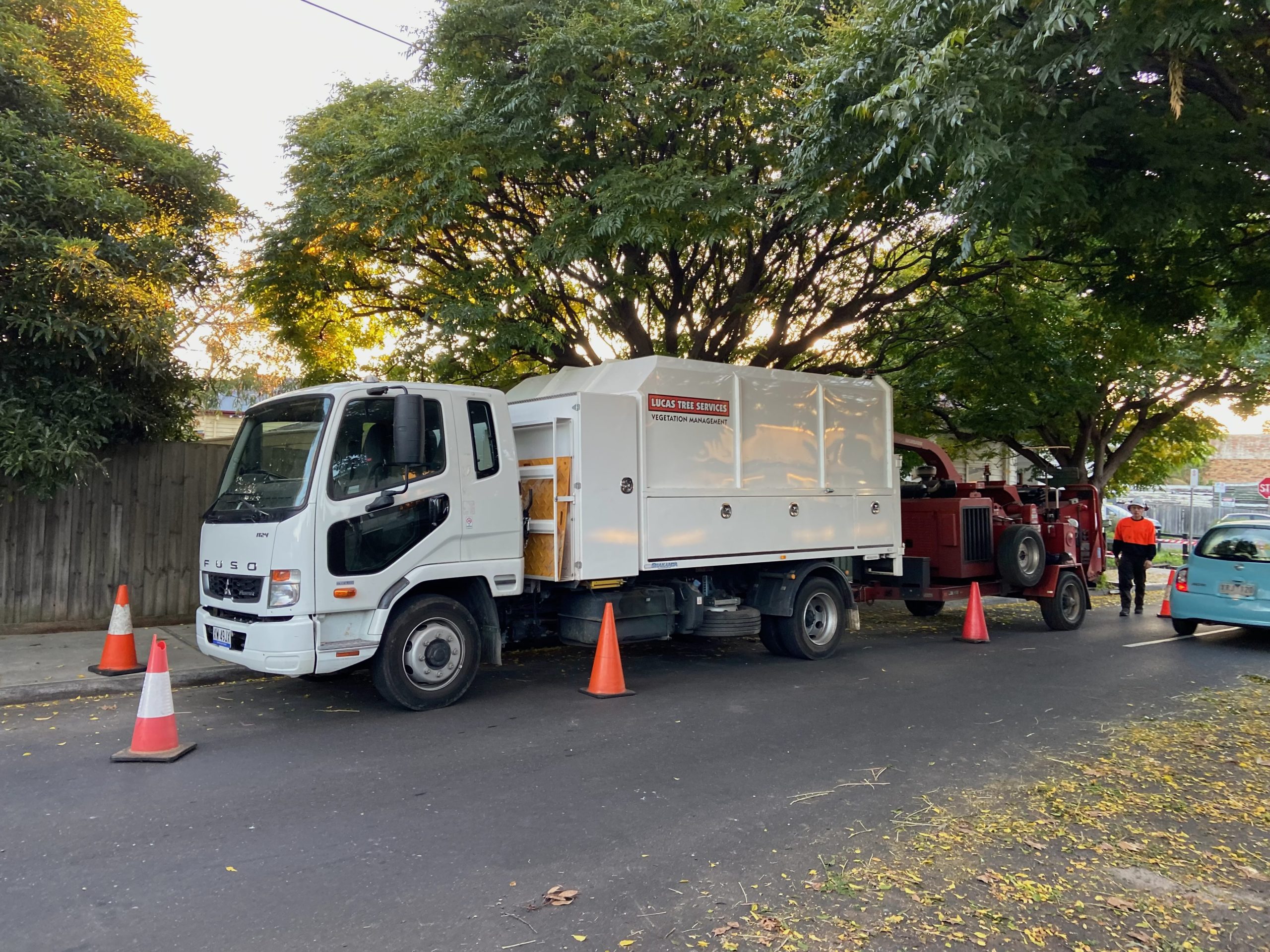
The Darebin Council deception continues in Northcote
- Guest authors
- June 12, 2024
- 3

Exploring the rail freight opportunity in Australia
- gobstopper
- April 28, 2024
- 2
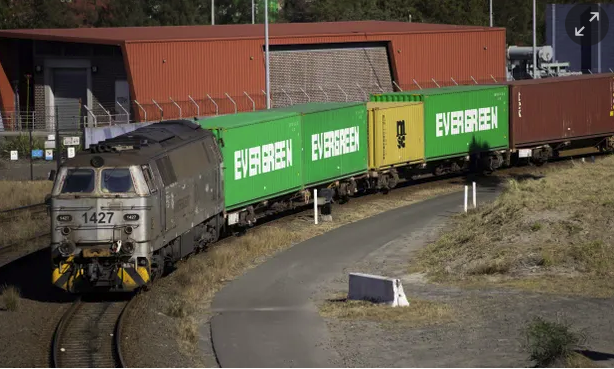
Air France Begins Retiring Its Airbus A330 Fleet
- Guest authors
- October 7, 2024
- 0

